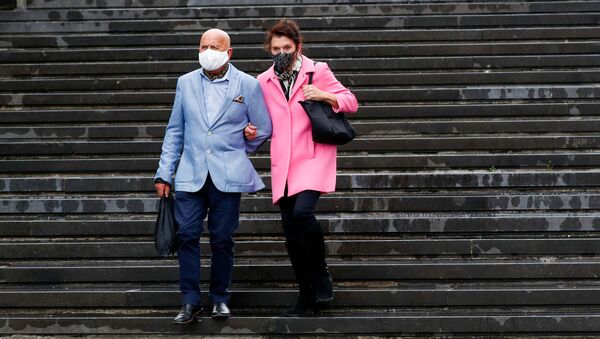"We now have clear data suggesting that the immune landscape in COVID-19 patients is considerably different between the sexes and that these differences may underlie heightened disease susceptibility in men," Yale Immunobiology Professor Akiko Iwasaki said in a Wednesday press release previewing the report. "Collectively, these data suggest we need different strategies to ensure that treatments and vaccines are equally effective for both women and men."
Around the world, men account for about 60 percent of 782,000 COVID-19-related deaths, the release said.
The report noted an earlier study by researchers in the United Kingdom that found men could face nearly twice the risk of death from the disease as women.
Yale researchers followed COVID-19 patients over time to observe how initial immune responses differ in patients who recover from the disease and those who progress to worse stages of the disease.
Difference observed included higher levels for men of several types of inflammatory proteins called cytokines, which are deployed in the initial stages of an infection as part of the body’s innate immune response, as opposed to the adaptive immune response that develops later, the release said.
Sex-based differences included higher levels for men of several types of inflammatory proteins called cytokines, which the body deploys in "a first general counterattack to invading pathogens," creating inflammation as a physical barrier in affected tissue.
"In severe cases of COVID-19, an excessive buildup of cytokines, referred to as a "cytokine storm," causes fluid to build up in the lungs, depriving the body of oxygen and potentially leading to shock, tissue damage, and multiple organ failure. The earlier higher concentrations of cytokines in men make these outcomes more likely," the release said.
In contrast, the adaptive immune system consisting of antibodies and T-cells, which can recognize and eliminate specific pathogens, deploys more quickly in Women.
The finding prompted researchers to suggest exploring therapeutic interventions and vaccine strategies that elevate T-cell immune response to the virus in male patients and that dampen innate immune activation during early stages of the disease in female patients.

